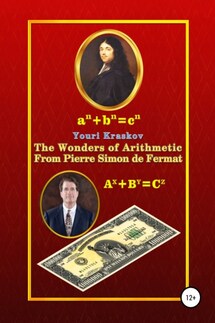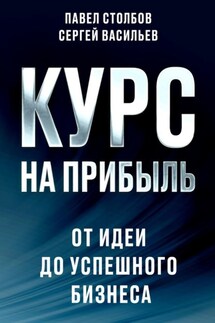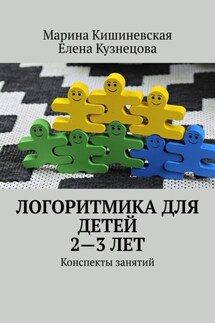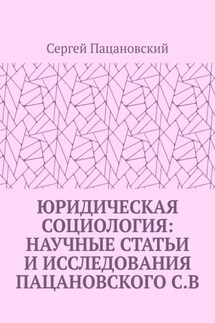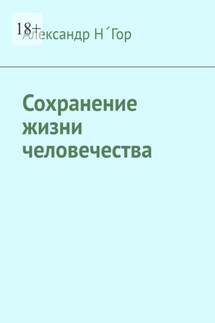The Wonders of Arithmetic from Pierre Simon de Fermat - страница 10
Finally, the third miniature is a journey into the past. There will be a lot of surprising and even shocking things, but here we will pay attention to only one a moment. This is the Fermat’s proof of his most grandiose discovery in the field of prime numbers, which is unknown until now and here it is presented by a special way and in amazingly beautiful form. The story about this through the mouth of Fermat's son Clement Samuel with a cherry on the cake in the form of a spectacular equation will make just as colorful an impression as the beauty of nature.
The method of vestment in the verbal form of the content of this book, chosen by us, although it requires an immense strain of all forces from the author, still yields a result, in which a small volume of the book carries the knowledge of thousands of scientific monographs! Perhaps such a precedent will be the first and the last, and in this sense, it is not a competitor to traditional scientific monographs. However, in essence it is just following the simple advice of a classic on choosing a style of exposition, where for words it would be cramped and for thoughts spacious.
The usual technical language does not achieve such an effect and this requires a higher level of literature accessible only to the elect, for example, such as Alexandre Dumas the Father. In one of his books Dumas even argued that writers understand history better than historians. Wherein, he has fib so famously and godlessly that historians could only smirk. However, in fact Dumas turned out be right because the lion’s share of the history set forth in the thick books did not really have place, but was simply invented and this fact also found a place in this book.
One of the features of our literary creativity is the mandatory presence in it of riddles, which are announced, but not disclosed. There is a whole 15 of such riddles in this book, and they are marked (*) in Appendix V (points 18, 19, 26, 27, 39, 41, 42, 43, 44, 45, 46, 47, 48, 69, 74). Questions and problems are focused only on key points that are of principled importance. When such a moment of truth comes, it may give the impression or even bewilderment that science has not noticed such simple things for centuries. But this is where the power of real science lies since the Almighty in his creations always follows only paths with the shortest and simplest solutions.
In real life false knowledge often takes the place of real ones. Behind this lies a lot of danger and unnecessary problems. However, they will bypass those who will be able to understand this book. However, if it will not work for someone, it’s best to turn to children for help and then they will simply be amazed at childish abilities to penetrate into corners of the unknown, which are completely inaccessible to most people. But children themselves do not realize that at their age all people are wizards for whom there are no insurmountable obstacles. Think of although a three-year-old Gauss who made accurate calculations for his father a pipeline engineer. And others can do it too, but they just don’t know about it!
In this book many different names are called, which created history by the will of Providence or case, and just because they turn special attention to themselves they deserve every respect, no matter in what circumstances and how they showed themselves because otherwise, there would simply not be events, from which the plot of our narrative was formed.
